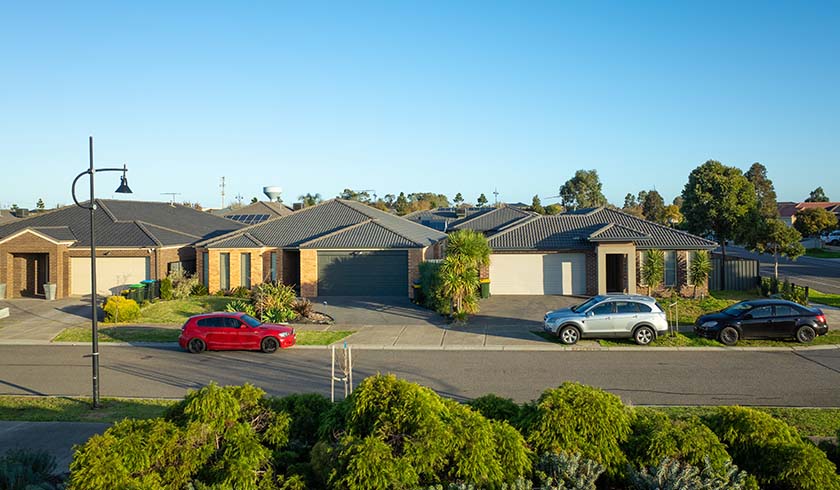Auction clearance rates rise to 75% in capital cities
A preliminary auction clearance rate of 75.1 per cent has been recorded over the last week across Australia’s combined capital cities.

CoreLogic’s latest Property Market Indicator Summary for the week ending 6 December 2020 stated that 2,065 auctions were held across the combined capital cities, down from 2,168 over the previous week.
Of the 1,704 results collected so far, 75.1 per cent have reported a successful result, increasing on last week’s preliminary clearance rate of 73.9 per cent, which then revised down to 70.6 per cent at final figures.
One year ago, 2,912 homes were taken to auction, where 71.1 per cent of reported results were successful.
Despite the improved figure, CoreLogic said it will likely trend downwards, reporting that “for the previous five weeks, the final clearance rate across the combined capital cities has averaged 70.1 per cent, and it’s likely that this week will be at a similar level once remaining results are collected”.
Melbourne was host to 874 auctions this week, down slightly from the previous week (909), and is substantially lower than this time last year (1,520). So far, 731 auction results have been collected, returning a preliminary clearance rate of 73.6 per cent, increasing on last week’s preliminary clearance rate of 71.7 per cent, which revised down to 69.3 per cent at final figures.
One year ago, 73.2 per cent of reported auctions were successful across Melbourne.
Meanwhile, Sydney saw 871 auctions this week, and of the 730 results collected so far, 80.1 per cent were deemed successful. Over the previous week, 886 homes were taken to auction across the city and a preliminary clearance rate of 76.9 per cent was reported, before revising down to 72.5 per cent at final figures.
This time last year, 976 auctions were held across Sydney, and 73.8 per cent of reported auctions were successful.
Across the smaller capital cities, Perth emerged as the winner, with a preliminary clearance rate of 78.6 per cent, followed by Canberra with 75.0 per cent, Adelaide with 62.9 per cent and Brisbane with 57.7 per cent.
Home values
There were only slight increases in home values across major capital cities this week, led by Adelaide and Perth with 0.2 per cent, followed by Brisbane with 0.1 per cent. Sydney and Melbourne home values remained unchanged.
Over the month, Adelaide saw the highest increase at 1.4 per cent, followed by Perth at 1.1 per cent, Melbourne and Brisbane at 0.6 per cent and Sydney at 0.5 per cent.
Looking at the year-to-date change, Adelaide still saw the highest property price increase at 4.9 per cent, followed by Brisbane with 2.6 per cent, Sydney with 2.0 per cent and Perth with 1.0 per cent. Melbourne has been the only capital city still sitting on an annual decline in home values, at -2.3 per cent.
As to the most recent four-week period, the capital city private treaty median price is highest in Sydney and Canberra for houses at $840,000 and $715,500, respectively. Sydney also holds the pole position for units, with a private treaty median of $640,000, while Melbourne is a little way behind but holds second place with an average figure of $565,000.
Perth was once again the most affordable capital city for houses, with the private treaty median price sitting at $479,000. Meanwhile, Darwin was the most affordable for units at $317,500.
Private treaty sales represent around 85 per cent of all dwelling sales across the country, according to CoreLogic.
Average time on market for houses was longest in Darwin at 60 days, followed by Brisbane (49), Perth (42), Canberra (35), Sydney and Adelaide (33), and Melbourne (32). Hobart had the shortest time on market at 29 days.
For units, Darwin also recorded the highest number at 69 days, while Hobart was also the lowest at 29 days.
Vendor discounting for houses was highest in Hobart at -4.1 per cent and lowest in Sydney at -2.1 per cent. For units, vendor discounting was highest in Perth at -4.6 per cent and lowest in Canberra at -1.7 per cent.
